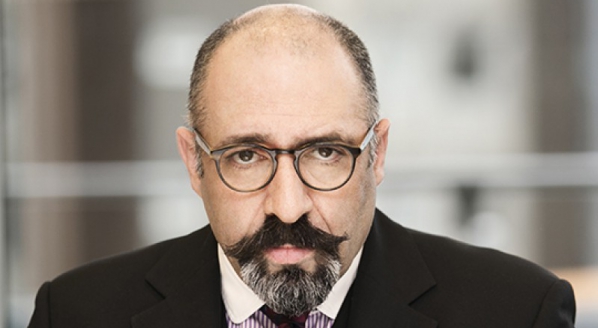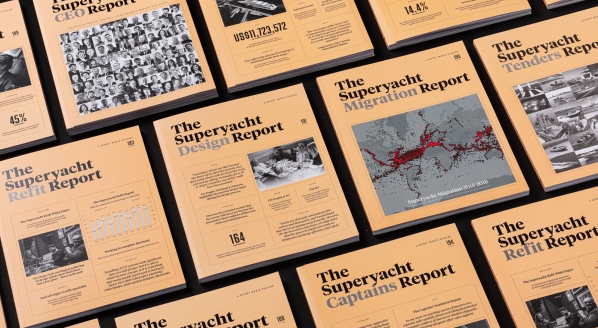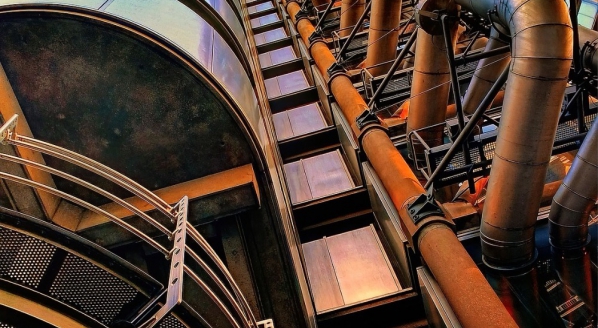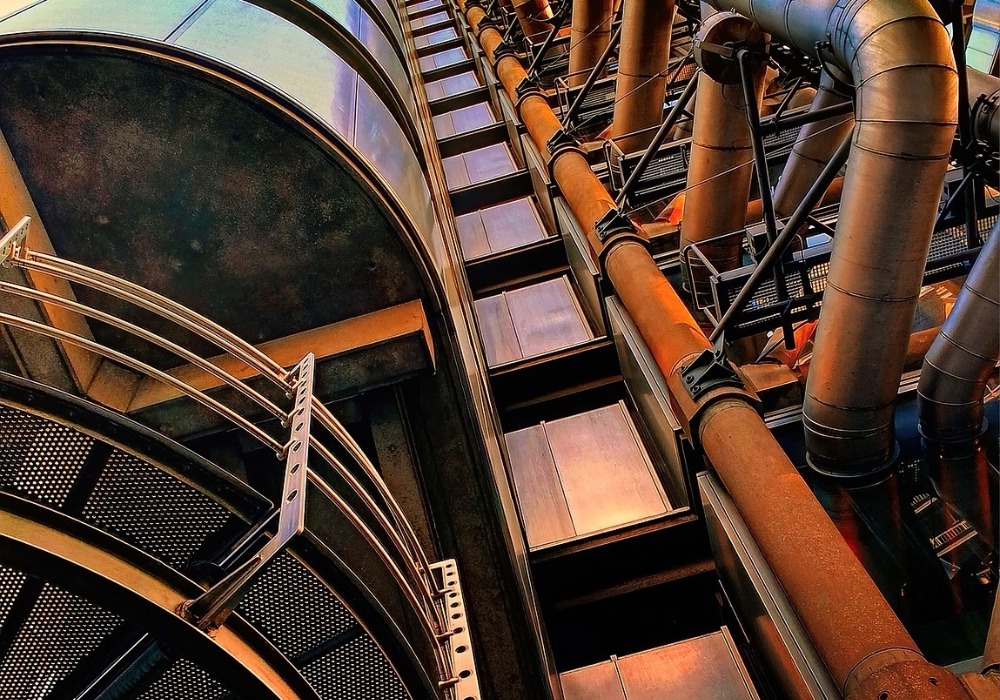What keeps the insurers up at night?
Paul Miller, director of marine underwriting at Hiscox, explores some of his major concerns…
Much of the reportage in recent years has focussed on how the insurance market is changing in terms of premiums, commissions, rebates and coverage. However, it is risk that underpins key decision making in insurance. SuperyachtNews speaks with Paul Miller, director or marine underwriting at Hiscox, about the risks that are keeping the insurance community awake at night today.
“At the moment one of our major concerns is our exposure in shipyards, and the situation is a growing problem as a result of the COVID-19 pandemic, with Yard period for refit or repairs being extended” starts Miller. “At the large refit yards, certainly those that can take several the world’s largest projects, our exposure to a potential large loss is being increased because of the number, size and value of the Yachts in the yard. Furthermore, this problem is being exacerbated because most yards are working with minimal staff and some have shut down completely, resulting in the yard periods for these vessels are being extended resulting in increased exposure to Insurers. If you take the top 10 largest superyachts in the world, it is possible for at least five or six of them to be in one of these yards at any single time. Those six boats alone could have an aggregate value of two to three billion, plus other boats in the Yard, in the event of a fire.”
Yard aggregation, Miller explains, refers to cumulative exposure for any given insurer in the event that multiple vessels, covered by said insurer, fall foul of a single loss-making event, such as a yard fire. With values increasing as the vessels grow in size and complexity, the possibility of a serious aggregating event also increases. The risk of a serious aggregation event has further been exacerbated by the increasing yards times that have been necessitated by the COVID-19 pandemic.
"...we are asking for the shipyards to share more information..."
“We are currently working with ICOMIA to review the survey mechanism for superyacht shipyards. As it stands the survey was designed for commercial yards and, as such, is now out of date,” continues Miller. “We are now working to create a much better risk management survey, which will help both the shipyards and the insurers. Within this new management survey, we are asking for the shipyards to share more information, especially regarding which superyachts will be arriving at the yard, how long they are anticipated to be there and where they will be located in the yard. This at least provides us with some opportunity to estimate potential maximum losses by having a plan of where various vessels sit within the yard.”
When the industry calls for transparency, the intention is often misinterpreted. Frequently, stakeholders labour under the misapprehension that various other businesses and individuals are hoping to receive information relating to their clients to further their own business interests. However, when done properly, transparency refers to the provision of the right business-critical information to the correct stakeholders. Indeed, the greater sharing of information between shipyard and insurer may go some way towards satisfying Insurers as to the risks associated with aggregated exposures.
“Another of our concerns...is the minimum manning requirements on private vessels..."
“Another of our concerns, which again has again been exacerbated by COVID-19, is the minimum manning requirements on private vessels at the lower end of the superyacht spectrum – in so far as there are none,” explains Miller. “During typical wintering periods (which have now been extended) we are seeing a number of unmanned private vessels in marinas and shipyards. Alternatively, there may be some that only have a crew member on board for a limited number of hours each day. In the event of the fire, these unmanned or minimally manned vessels pose a serious risk to the vessel and the other vessel in the vicinity. Fire is our major concern. There have been too many fires on board superyachts, some of which have spread to neighbouring vessels because of the lack of manning requirements.”
Hiscox and other major insurers are now looking at implementing their own manning requirements within insurance policies, which has been met by some push back on the part of certain industry factions.
“It is as if people expect fires to only occur between the hours of 0900-1700. However, invariably the fire occurs at the most impractical times of the day,” says Miller. “In other situations, there may be a senior crew member who lives 45 minutes away from the vessel. In the event of a fire, 45 minutes is far too long to mitigate serious damage. Taking a 35-40m composite superyacht as an example, we like to see at least two crew members permanently on board that have an operational knowledge of the safety systems and who could, feasibly, in the event of an emergency move the vessel if needed in order to mitigate the possibility of their being multiple losses. I wonder how many Captains do some form of risk assessment for the yachts moored either side of them when laying up for the winter?”
In recent years, a series of major losses has meant that the insurance market has had to engage in a period of correction. While, understandably, much of the focus has been on charging increased premiums, perhaps the markets should also refocus and concentrate on standards and transparency rather than premiums. In the past the market has been far to reactionary, the measures proposed by Miller seek to get ahead of the curve and reduce the risk of major losses.
Profile links
NEW: Sign up for SuperyachtNewsweek!
Get the latest weekly news, in-depth reports, intelligence, and strategic insights, delivered directly from The Superyacht Group's editors and market analysts.
Stay at the forefront of the superyacht industry with SuperyachtNewsweek
Click here to become part of The Superyacht Group community, and join us in our mission to make this industry accessible to all, and prosperous for the long-term. We are offering access to the superyacht industry’s most comprehensive and longstanding archive of business-critical information, as well as a comprehensive, real-time superyacht fleet database, for just £10 per month, because we are One Industry with One Mission. Sign up here.
Related news
-massimo,-lorenzo,-simone-e-aldo.jpg)
Gruppo Antonini launches Antonini Navi
Movement, investment, and growth within the yachting industry continues
Business

Force majeure…or perhaps not
SuperyachtNews speaks with John Leonida about yachting’s popular new throwaway phrase
Business

Unfettered access for all
The Superyacht Report and SuperyachtNews Premium are now free to access throughout the COVID-19 crisis
Business

Check yourself…before you wreck yourself
Some of the London’s major players explore how the insurance market has changed and continues to change
Business

La Ciotat Shipyards starts production of protective masks
The French shipyard group has started production of protective masks for key, non-medical personnel
Business
Related news
Gruppo Antonini launches Antonini Navi
5 years ago
Force majeure…or perhaps not
5 years ago
Unfettered access for all
5 years ago
Check yourself…before you wreck yourself
5 years ago
NEW: Sign up for
SuperyachtNewsweek!
Get the latest weekly news, in-depth reports, intelligence, and strategic insights, delivered directly from The Superyacht Group's editors and market analysts.
Stay at the forefront of the superyacht industry with SuperyachtNewsweek




